Difference between r1.259 and the current
Nevertheless, the some social actions and their meanings are strong -> social orders.
What they argue is that:
The things, ideas, knowledge, etc. are created (constructed) in the social actions between (among) people.
=== Enacted approach ===
----
++ Textbook stuff
1. Mass media effects ¶
Film had played a primary role in Soviet propaganda from the very beginning. Sergey Eisenstein pioneered a new genre, "Soviet Montage," in the 1920s. This method manipulates emotions through quick editing and contrasting images. Battleship Potemkin and Ten Days that Shook the World were his two most highly regarded post-revolutionary pieces. Unfortunately, Stalin did not find Eisenstein's work to be "real" enough to fit into the new "Socialist Realism" genre. Ten Days that Shook the World was banned by Stalin. Stalin embarked on a film tradition all his own.
Stalin had always been fascinated by the medium of film. Seeing is believing, or so the axiom goes, and to a generation new to film what was on the screen might as well have been happening right in front of them. Of course what is on film is not necessarily true, and therein lies the source of Stalin's love for film.
"Cinema is the art of illusion, yet it dictates its laws to life itself"
-Joseph Stalin
The hypodermic needle theory implied that mass media had a direct, immediate and powerful effect on their audiences. The mass media in the 1940s and 1950s were perceived as a powerful influence on behaviour change. Several factors contributed to this "strong effects" theory of communication, including: the fast rise and popularization of radio and television, the emergence of the persuasion industries, such as advertising and propaganda, the Payne Fund studies of the 1930s, which focused on the impact of motion pictures on children, and Hitler's monopolization of the mass media during WWII to unify the German public behind the Nazi party. -- http://en.wikipedia.org/wiki/Hypodermic_needle_model
- Two step flow theory
- Spiral of silence
- The third person effect
- [1] The word is a mere description of the atmosphere at the time. That is, it was not an exact theoretical term. Also, it is referred to ''hypodermic needle theory''
2. Theory ¶
. . . [Theories] simply provide an abstract understanding of communication process (Miller, 2002).Works like lens, frame, etc.: They give us a frame to make sense out of what we are experiencing.
Textbook says:
[Communication theory is] . . . any systematic summary about the nature of the communication process.
Then
- Where did it (the word, theory) come from? and What does it have to do with the word science?
- In natural science, we often hear and use the word, theory.
- By (natural) science,
Method: a special type of studying the nature (scientific way);
Result: Generalized findings (generalization)
- By (natural) science,
- Law vs. Theory
 Mendel's law: Law of Segregation; Law of Independent Assortment;
Mendel's law: Law of Segregation; Law of Independent Assortment;
 Newton's Law of Motion:
Newton's Law of Motion:
Something that are permanent and consistent -- such regularity found in the nature becomes laws.
 Theory of Natural Selection
Theory of Natural Selection
 Theory of Relativity
Theory of Relativity
Something that are not yet permanent and need to be found more -- such regularity is called theory
- Comte[2] grasps the idea of science . . . of the social. This special science of the social started to be called sociology.
- In fact, many schoars in those days gave a big shot to explain things in a natural science manner. Darwin tried to explain how and why human beings were shaped and behaved just like they were; and propsed an idea of "theory of natural selection. Gregor Mendel also found out that laws of genetics could be applied to human beings; and believed that human beings could be explained in a scientific manner. Sigmund Frued[3], William James[4], John Dewey[5], etc. were all tried to explain -- in a way or another -- human beings in scientific manner. This had gone far upto the area of history by Karl Marx[6]. We might talk about him later.
- In fact, many schoars in those days gave a big shot to explain things in a natural science manner. Darwin tried to explain how and why human beings were shaped and behaved just like they were; and propsed an idea of "theory of natural selection. Gregor Mendel also found out that laws of genetics could be applied to human beings; and believed that human beings could be explained in a scientific manner. Sigmund Frued[3], William James[4], John Dewey[5], etc. were all tried to explain -- in a way or another -- human beings in scientific manner. This had gone far upto the area of history by Karl Marx[6]. We might talk about him later.
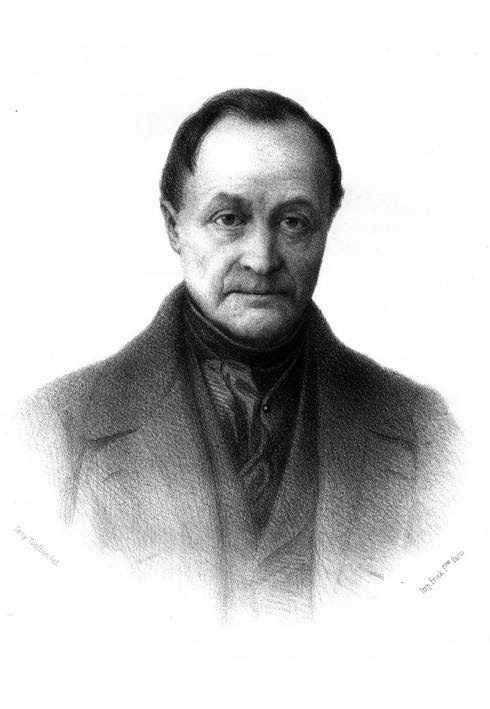 Auguste Comte [JPG image (23.87 KB)] | 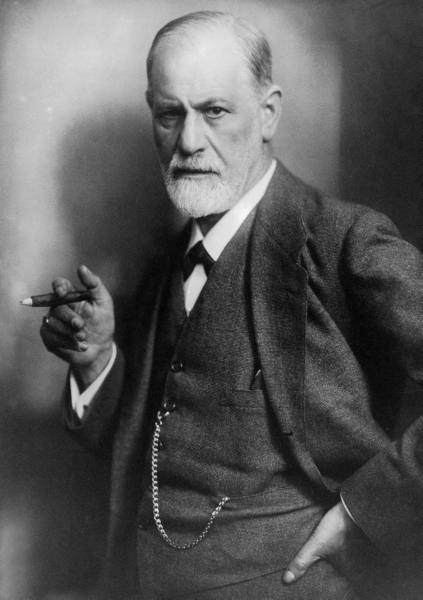 Sigmund Freud [JPG image (27.32 KB)] | 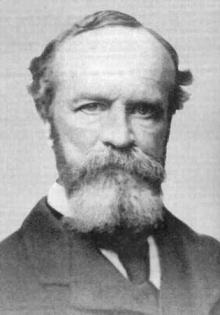 William James [JPG image (9.45 KB)] | 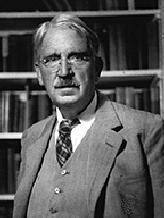 John Dewey [JPG image (8.46 KB)] |  Karl Marx [JPG image (44.92 KB)] |

Reference
- Emile Durkheim,
 Rules of Sociological Method (Free Press) pp. xliii-liii, l-l3, 27-46.
Rules of Sociological Method (Free Press) pp. xliii-liii, l-l3, 27-46. - Max Weber, "
 Science as a Vocation" in Hans Gerth and C. Wright Mills, eds., From Max Weber: Essays in Sociology (Oxford, l946) pp. l29-l56.
Science as a Vocation" in Hans Gerth and C. Wright Mills, eds., From Max Weber: Essays in Sociology (Oxford, l946) pp. l29-l56. - Anthony Giddens, "Positivism and Its Critics" in Tom Bottomore and Robert Nisbet, A History of Sociological Analysis (New York: Basic Books, l978) pp. 237-
- Max Weber, "'Objectivity' in Social Science and Social Policy" in Maurice Natanson, ed. Philosophy of the Social Sciences (Random House, l963) pp. 355-4l8.
- [2] Read
 Auguste_Comte
Auguste_Comte - [3] See
 Sigmund_Freud
Sigmund_Freud - [4] See
 William_James
William_James - [5] See
 John_Dewey
John_Dewey - [6] See
 Karl_Marx
Karl_Marx
2.1. Philosophical approach ¶
The thing (existence) -- the thing in my mind (knolwedge)
|
|___ certitudes
- Empiricism
- Knolwedge is embodied into our mind from the sense experience. It emphasizes the role of experience and evidence. Only things that are discovered through experience and presented as evidence becomes a solid human knowledge -- this was, once, a way of knowing in (natural) science. --> John Locke, George Berkeley, and David Hume, etc.
- Idea
- by Plato. What we experience are copies of ideal status. The truth is there; but will never be discovered; since only their copies will be experienced.
2.2. Elements in (Social) Theory ¶
- Society
- Individual (People)
- Communication
- Conjunctive-based;
- Attributes-based;
- Situation-based;
- Enacted-based
2.3. Conjunctive approach ¶
- Putting weigh on the society (the world, the world, the structure, the institutes).
- Assumption: The approach suggests that somehow the whole governs people in how to think; how to act; and how to interact with each other.
- Structuralism
- Marxism
- Dialectic (from Hegel):
- Thesis; Anti-thesis; Syn-thesis
- Thesis; Anti-thesis; Syn-thesis
- Historical Materialism
- Means of production: what is it and who owns it? : Marx argued that there is a main mean of production in each specific period. This becomes a base for everything (culture, politics, society, custom, etc. ). For example,
- Feudalism in the middle age: (cf. toll gate)
- Three classes: King and his Knight; the Priest; the Peasant
- Their relationship was based on the land -- the mean of production at that time: According to who owns land, two classes were found: Landowners vs. Serfdom
- Feudalism in the middle age: (cf. toll gate)
- Rise of merchant class[7]
- They brought gold and money (paid their wealth) to the ruling class (king) as taxes.
- Also, they put into their money into the land (by obtaining lands and managing them -- commercial agriculture).
- But, did not enjoy the king's right
- They kept and accumulate the wealth. These are used for industrial capitalism.
- They brought gold and money (paid their wealth) to the ruling class (king) as taxes.
- As this system get more sophisticated, new classes emerged: Bourgeoisie vs. workers
- the rise of capitalism: The mean of production became capital instead of land; and those who own it became capitalists.
- the rise of capitalism: The mean of production became capital instead of land; and those who own it became capitalists.
- Marx thought that history is a series of this kind of development (thesis - antithesis - synthesis).
- feudalism - accumulation of wealth - capitalism . . . . communism
- Means of production: what is it and who owns it? : Marx argued that there is a main mean of production in each specific period. This becomes a base for everything (culture, politics, society, custom, etc. ). For example,
- Structure over individuals
- langue and parole (system of language vs. use of language = speech)
- langue and parole (system of language vs. use of language = speech)
- Creation of myth and stories
- People who make and produce myths are influenced by the structure of myth (unwittingly and unintentionally).
- story of cinderella vs. janghwa and hongryun.
- People who make and produce myths are influenced by the structure of myth (unwittingly and unintentionally).
- [7] see
 Emergence of early capitalism for Merchant capitalism or mercantilism
Emergence of early capitalism for Merchant capitalism or mercantilism - [8] It is known that the study began in linguistics of the works of F. Saussure. see
 Ferdinand de Saussure.
Ferdinand de Saussure.
2.4. Attribute approach ¶
- Assumption: Individuals are like atoms. If a researcher figures out how an individual's decision making process works, such process would be common to everyone in the society.

Elaboration Likelihood Model
2.5. Situated approach ¶
The thing (existence) -- the thing in my mind (knolwedge)
|
|___ certitudes
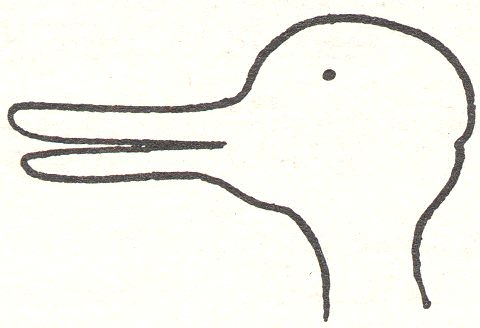
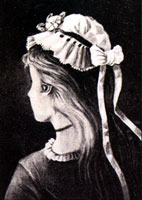 [JPG image (9.75 KB)] | 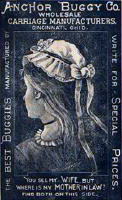 [JPG image (11.1 KB)] | 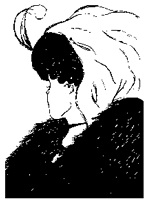 [JPG image (13.45 KB)] |
==> ? something else = consciousness ?
Then, is it okay to say that we build our knowledge; rather than discover?
What is friendship?
Then, how about the desk that you are seeing now.
+ something else -> social and cultural order + individual consciousness ?
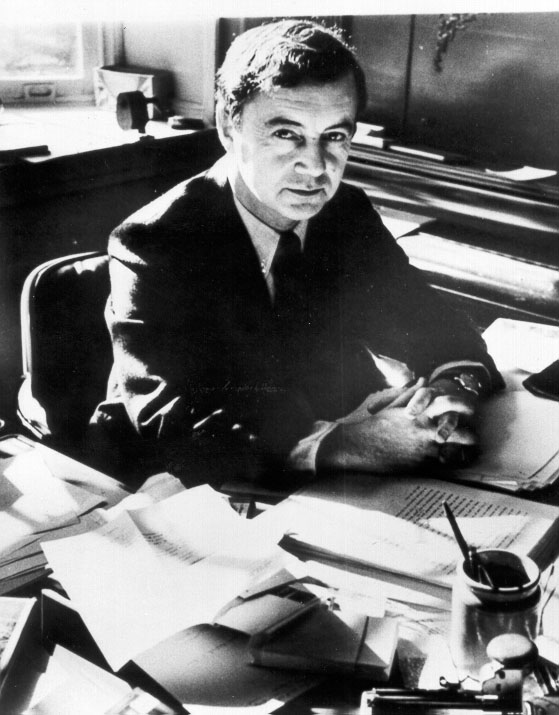
The Presentation of Self in Everyday Life = Facework
Interaction Ritual
Frame analysis (individuals' conceptual frame )

Nevertheless, the some social actions and their meanings are strong -> social orders.
Understanding of social orders: -- ethnomethodology
Geertz states that we must proceed interpreting a culture’s web of symbols by isolating its elements, specifying the internal relationships among those elements and characterize the whole system in some general way—according to the core symbols around which it is organized, the underlying structures of which it is a surface expression, or the ideological principles upon which it is based. Culture is public because “meaning is,” and systems of meanings are what produce culture, they are the collective property of a particular people
Heritage, J. (1984). Garfinkel and ethnomethodology. Englewood Cliffs: Prentice-Hall.
2.6. Enacted approach ¶
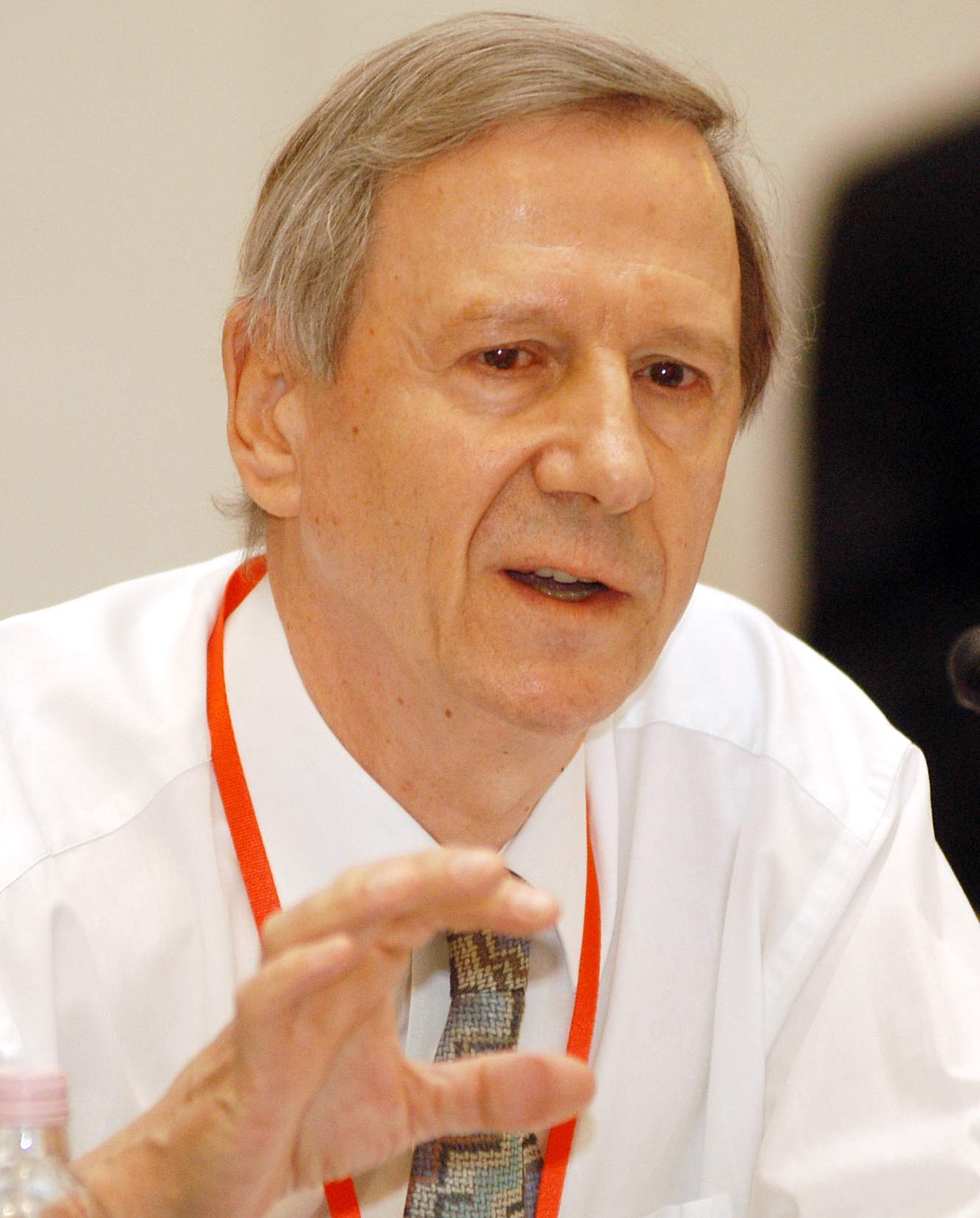
Individuals --> agency; agency's knolwedge about social rules and how to use resources
3. Summary ¶
Three kinds (types) of theories
- Commonsense theory
- Never date with someone you work with. It always ends up badly.
- The squeaky wheel gets the grease.
- Working theory
- Audience analysis should be done prior to presenting a speech.
- Scholarly theory
- The media do not tell us what to think, but what to think about (Agenda-setting theory)
- [9] We will discuss this in detail later.










![[http]](/imgs/http.png)
